Museums are known for having only a small portion of their collection on display. Some of the displays are tucked away in storage and may become 'lost in time' to the present employees.
During a recent inventory, a box of old glass negatives was discovered. The images were like a time warp of the early days of aircraft manufacture in the British Empire. They tell the story of the early days of Avro, the British manufacturer that was known in more recent times for the Lancaster and Vulcan bombers, and in Canada for the Avro Jetliner and Avro Arrow fighter.
One of the world's first aircraft builders, A.V. Roe and Company was established at Brownsfield Mill, Great Ancoats Street, Manchester, by Alliott Verdon Roe and his brother Humphrey Verdon Roe on 1 January 1910. Humphrey's contribution was chiefly financial and organizational; funding it from the earnings of the family brace business and Managing director until he joined the RFC in 1917. Alliot had already made a name for himself as a pilot at Brooklands near Weybridge in Surrey and Farnborough in Hampshire. The company built the world's first totally enclosed monoplane in 1912, but it was the well-proportioned, wooden biplane known as the Avro 504 that kept the firm busy throughout the First World War and beyond. Production totalled 8,340 at several factories and continued for almost 20 years. This was a substantial achievement considering the novelty of powered aircraft in this period.
Here is a sample of the images that were found that show the diverse range of designs from Avro;
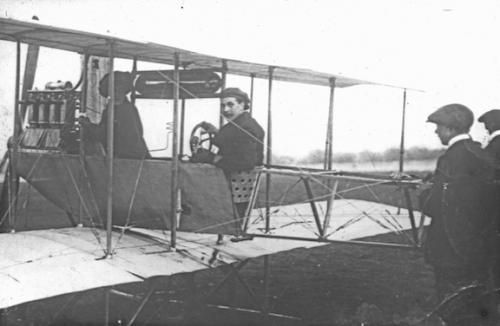
A. V. Roe at the controls of the Avro Type D in 1911. Six examples of the Type D with its
triangular fuselage were constructed. This one has a 35hp Green inline engine.

Mr. Raynham flying one of the first Avro 504s in 1913.
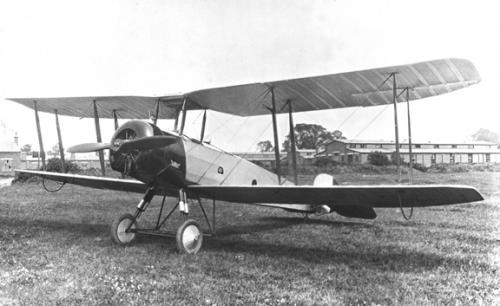
An Avro 504K powered by a Monosoupape engine.
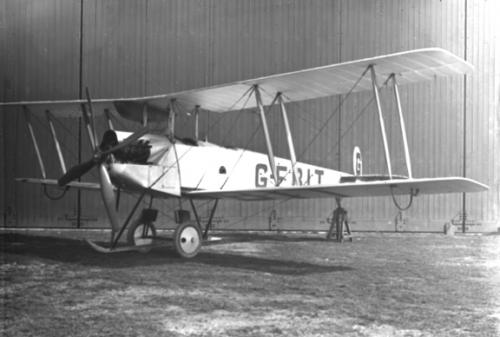
An Avro 504K powered by an 80hp Renault engine (1919).
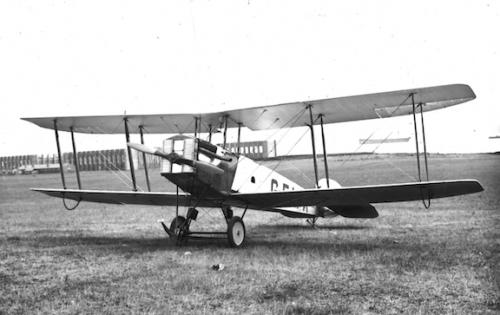
An Avro 552 powered by a 180hp Wolseley Viper liquid cooled engine.
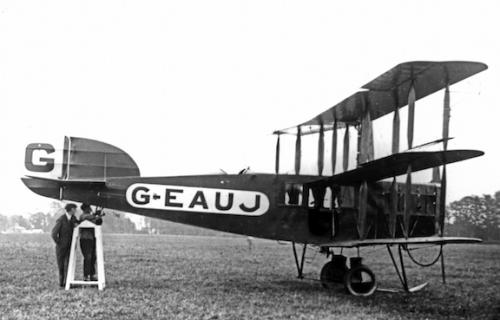
An Avro 547 triplane (1920) could carry four passengers in the cabin.
It was powered by a 160hp Beardmore engine.

Avro 555 Bison (1921). This biplane was designed for Deck-landing reconnaissance and Fleet
gunnery spotting. They were operated on the aircraft carriers HMS Eagle and HMS Furious.

Avro 549 Aldershot (1922). This long-range day and night bomber
was powered by a 650hp Rolls-Royce Condor engine.
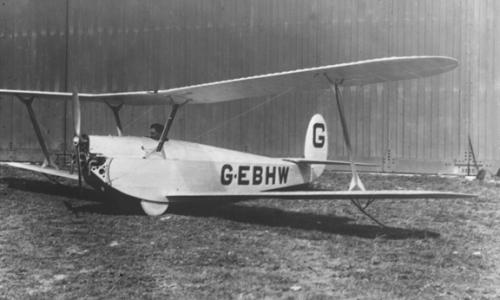
Avro 558 (1923). Designed for light aircraft trials this aircraft
was powered by an 18hp Douglas motorcycle engine.
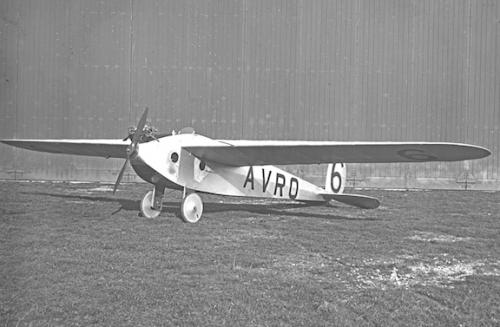
Avro 560 (1924). Designed for the 1924 light aircraft trials the aircraft flew 63 miles per gallon
of fuel. It was powered by a 20hp Blackburn Tomtit two-cylinder motorcycle engine.
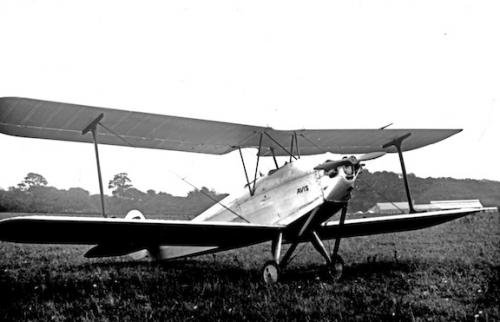
Avro 562 Avis (1924). This design was built for the 1924 Light Aeroplane Trials.
The engine was a 32hp Bristol Cherub or a 35hp Blackburne Thrush.